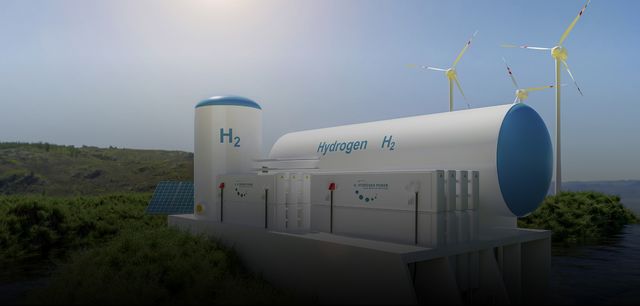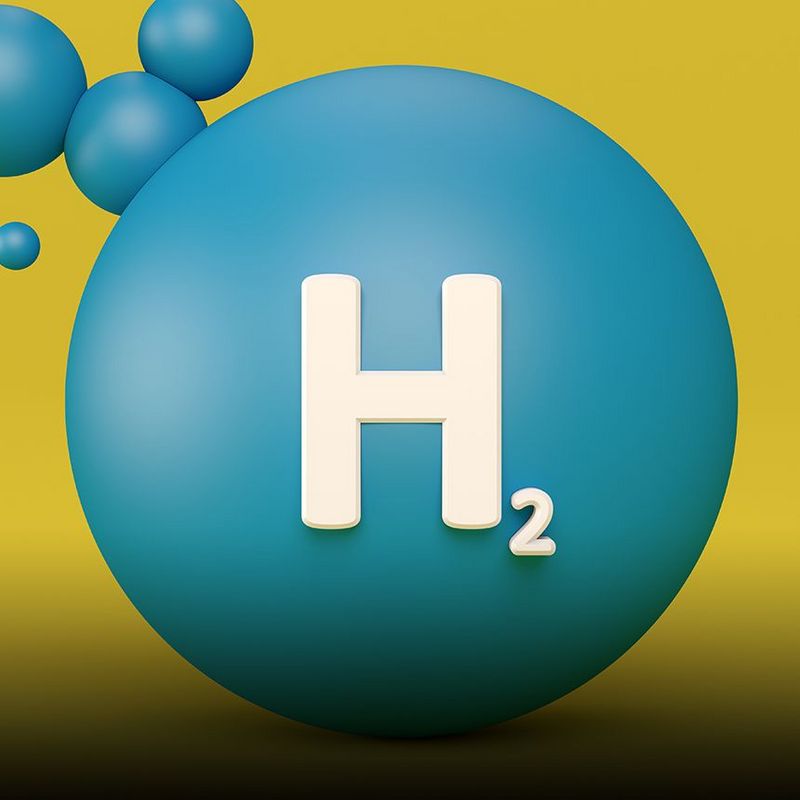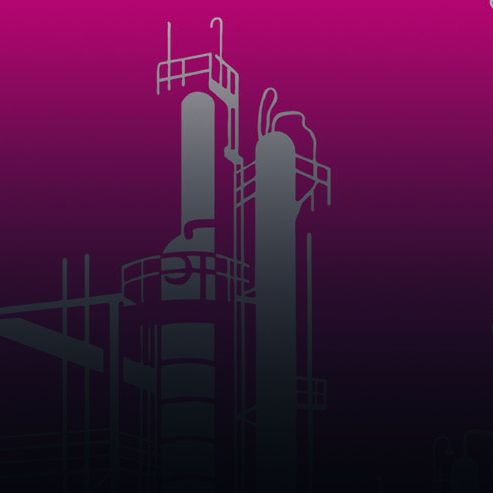4 November 2022
The research centre in Jülich has calculated that up to 11 million tonnes of hydrogen will be needed per annum in Germany by 2050 – that’s up to eight times the current requirement. Half of it will need to be imported. Which countries could be the hydrogen producers and exporters of tomorrow? And how will the H2 be transported to Germany from those countries? We address the key questions below.
Which countries will fit the bill for the hydrogen producers of tomorrow?
“Basically, any region which is rich in wind or sunshine is in the frame for hydrogen production,” says Patrick Krieger, hydrogen expert at TÜV NORD subsidiary EE Energy Engineers. In other words, Africa, the Middle East or regions in South America or Australia. Many countries, including Egypt for instance, are working specifically on export strategies for hydrogen. According to the German government’s Atlas of Green Hydrogen Generation Potentials, West Africa alone could produce up to 165,000 terawatt hours of green hydrogen cheaply per annum – over 860 tonnes as much as the Jülich research centre calculates that we would need to import in 2050.
About
Patrick Krieger is a consultant in the hydrogen competence centre at EE Energy Engineers. The graduate economist’s work has a particular focus on all the questions surrounding the production and transport of H2 in the TÜV NORD GROUP’s HydroHub. The HydroHub pools all the hydrogen-related services and projects in the fields of consultation, engineering and training (CET) within the Group.
Are more concrete plans already in place with selected countries and regions?
The German government is currently engaged in research cooperation on many aspects of hydrogen with countries including Namibia, New Zealand and Australia. Energy partnerships for green H2 have been initiated with Algeria, Tunisia, the United Arab Emirates, Saudi Arabia and Morocco. The latter two countries have both set the objective of becoming the world’s biggest hydrogen producer. In Morocco, the German government is, for example, involved in the construction of the desalination plants which this arid country needs to produce H2. But Germany might in the future also be able to source hydrogen from Canada. In August 2022, German chancellor Olaf Scholz and minister of the economy Robert Habeck signed a treaty to that effect with that vast country. The key aim is to develop a transatlantic supply chain for green hydrogen. The idea is for this to be generated in Canada using wind power and shipped across the ocean in the form of ammonia from as soon as 2025. German energy groups EON and Uniper aim to purchase 500,000 tonnes of green ammonia each per annum from Canada. EON intends to purchase a further five million tonnes from Australia by the end of the decade, and the Fortescue company plans to develop production capacities for 15 million tonnes of green hydrogen in Australia in the same period. But green hydrogen could also make its way to Germany from Norway in the future. The governments of both countries want to establish the feasibility of building a pipeline through the North Sea to carry the hydrogen produced by Norwegian wind power.
Hydrogen could change our industrial society in the long term
How will hydrogen be transported in the future?
For distances of up to 2,000 kilometres, the cheapest option is to use pipelines, says hydrogen expert Mr Krieger. “We therefore expect pipelines to be used to transport hydrogen through Europe in gaseous form and also through the Mediterranean to Europe.” Transport by ship will only pay for itself over greater distances. This is because the voluminous energy source must first be compressed by turning the hydrogen into liquid, for instance at temperatures of –250° C.
This uses a lot of energy and requires special tankers and the corresponding storage and liquefaction facilities on land. “This infrastructure does not yet exist in the necessary scale,” says Mr Krieger. The hydrogen can alternatively be bound up in what are known as carrier substances (see info box): LOHC, methanol or ammonia.
Hydrogen technologies can be used not only to store energy generated from renewable sources, but also to develop completely new processes for industrial production processes – without harmful emissions of greenhouse gases.
How do the carrier substances perform in direct comparison?
Some 25 percent of the energy contained in one kilo of hydrogen is required to transport it in the form of ammonia, Mr Krieger and his colleagues have estimated. The amount is the same for liquid hydrogen; in the case of LOHC it is up to 35 percent. The great benefit of ammonia is that its energy density is almost twice as high as that of LOHC or liquid hydrogen. Mr Krieger: “This means, comparatively speaking, that you need fewer ships to transport it.” There are therefore currently a lot of indicators that would support the use of ammonia as the carrier substance over long distances. “But the method which prevails will also always depend on the conditions in the production and destination countries.”
How can it be guaranteed that the hydrogen is sustainably produced?
By massively expanding wind and solar power to supply the producing country’s own population with green electricity while also producing hydrogen for export – for countries like Namibia or Tunisia this is, of course, both a major feat and a huge economic opportunity, Mr Krieger stresses. When it comes to developing a sustainable hydrogen economy, holistic certification systems could play a key role: “This kind of certification would ensure that the hydrogen produced in the export countries is climate friendly, environmentally sound and produced on top of domestic supplies and it could also take into account socio-economic aspects in the producing country.”
Carrier substances for hydrogen
LOHC
LOHC stands for liquid-organic hydrogen carriers: liquid organic compounds which can absorb and release hydrogen through chemical reactions. “The resulting liquid has an oily consistency and can accordingly be transported through existing pipelines and by existing tankers,” says Krieger by way of explanation of the advantage. It has to be said, however, that releasing the hydrogen in the destination country requires a lot of energy. When hydrogen is chemically adsorbed, on the other hand, heat is released. “If this heat can be used locally, for instance as waste heat for heating purposes, this will improve the energy and cost balance of the entire process,” Krieger says.
Methanol
Methanol is currently produced from hydrogen and CO2 using fossil or renewable raw materials such as sewage sludge and is used, for instance, to produce dyes and medicines. Green methanol can also be used in special methanol fuel cells to operate vehicles or converted back into hydrogen. The benefit of this is that it can be transported significantly more cheaply and stored as liquid hydrogen. The disadvantage: to ensure that no additional CO2 is released during production, the carbon dioxide must be taken out of the air. “This is both technically complex and associated with higher energy use,” says Mr Krieger from Energy Engineers. It also takes a lot of energy to turn methanol back into hydrogen. And the carbon dioxide which was previously adsorbed is released back into the atmosphere. This process is thus carbon neutral but does not save on emissions. “So, it makes particular sense to transport hydrogen in the form of methanol when the methanol is needed anyway – in the chemical industry, for instance,” Mr Krieger says.
Ammonia
Some 200 million tonnes of this chemical compound, which consists of hydrogen and nitrogen, are produced annually around the world – most of it for fertiliser production. Like liquid hydrogen, ammonia needs to be cooled for transport – albeit at a relatively moderate –33° C. And, unlike liquid hydrogen, a usable transport and storage infrastructure already exists, as is the case with methanol and, to some extent, LOHC. Energy is needed both in production and, especially, for reconversion. “If the ammonia is used directly in local applications, then this latter factor ceases to be an issue,” Mr Krieger explains.






